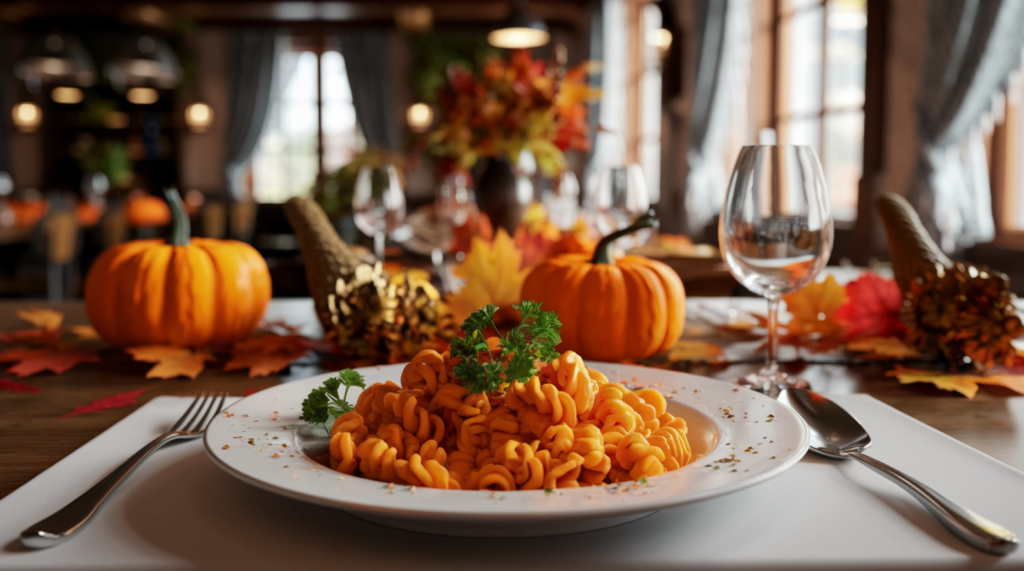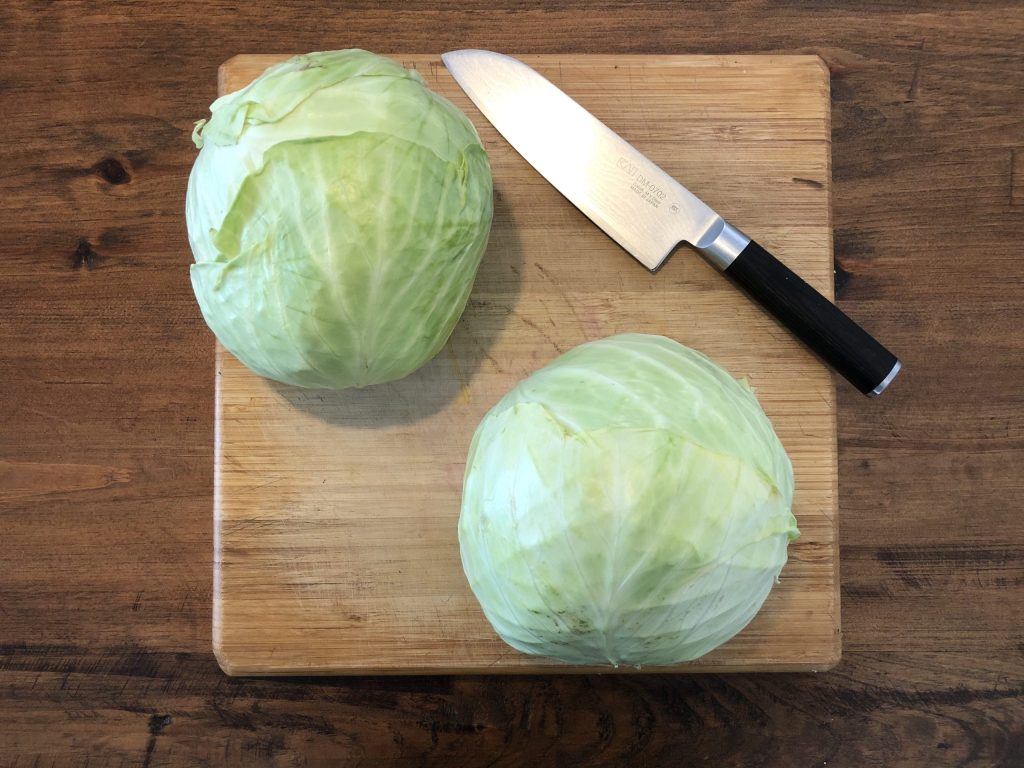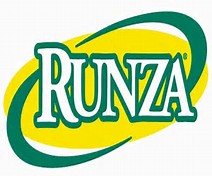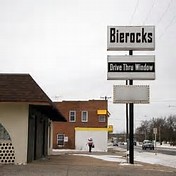Pumpkin Spätzle: A Fall Comfort Food
As autumn arrives, the air grows crisp and leaves turn colors. Nothing warms the soul like a hearty German dish. That’s why I decided to make Pumpkin Spätzle. It’s a twist on traditional spätzle, a German dumpling I loved as a kid.

I wanted to make a Pumpkin Spätzle recipe that felt like a cozy Bavarian kitchen. Cutting the dough by hand and watching it cook was rewarding. The smell of pumpkin and spices made my mouth water.
Key Takeaways
- Pumpkin spätzle is a delectable autumn twist on the traditional German spätzle dish.
- This comforting recipe combines the seasonal flavors of pumpkin with the soft, tender texture of homemade spätzle dumplings.
- The pumpkin puree adds a touch of sweetness and vibrant color, while the spätzle provide a satisfying, doughy base.
- This fusion of German heritage and fall flavors creates a truly mouthwatering comfort food for the cozy autumn season.
- The recipe was originally shared in February 2021 and updated in March 2024, reflecting its enduring popularity.
Unraveling the History of German Heritage
German cuisine is deeply rooted in the country’s rich cultural traditions and history. At its heart is the beloved spätzle, a small, irregularly shaped dumpling. It has been a cherished part of German meals for centuries. Originating in southern Germany, these dumplings show the enduring importance of comfort food in German heritage.
Origins and Significance of Spätzle in German Cuisine
Spätzle are made from a simple batter of flour, eggs, milk, and salt. This batter is then pressed through a special colander or spätzle maker. This traditional method has been passed down through generations, becoming a key part of German culinary culture.







 In fact a RUNZA is so popular in Nebraska that they started a very successful chain of fast food restaurants named after it to cater to it’s high demand.
In fact a RUNZA is so popular in Nebraska that they started a very successful chain of fast food restaurants named after it to cater to it’s high demand.




